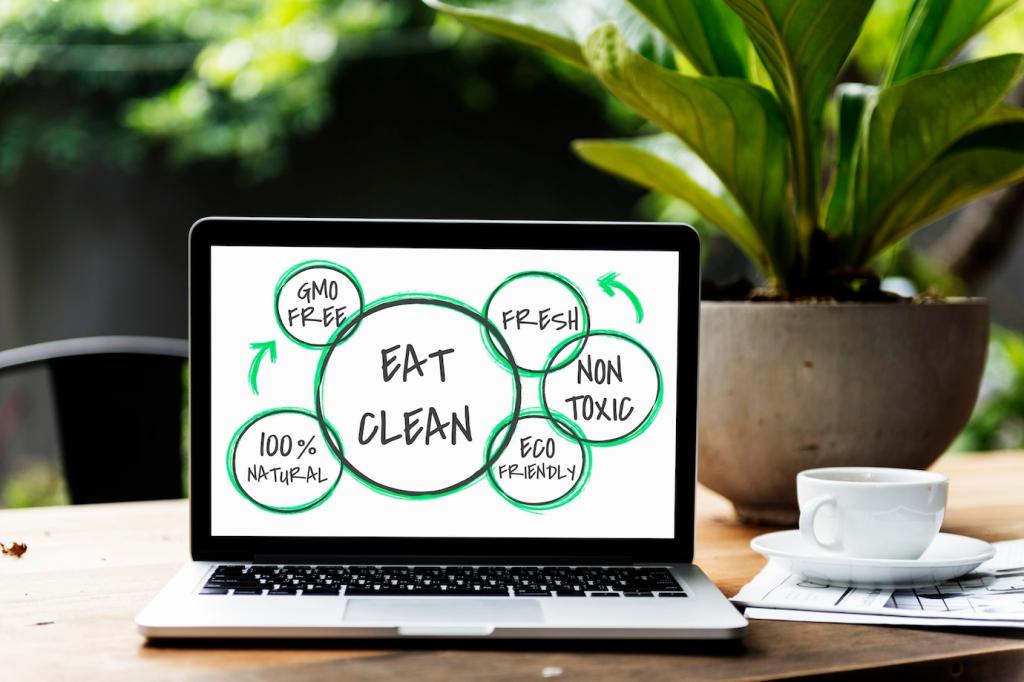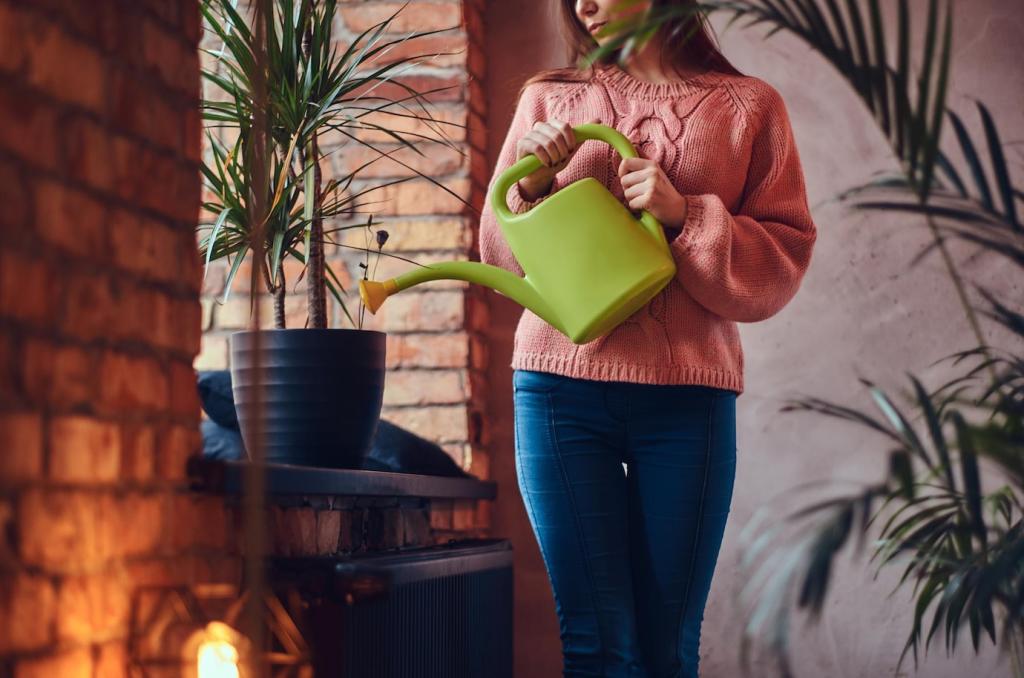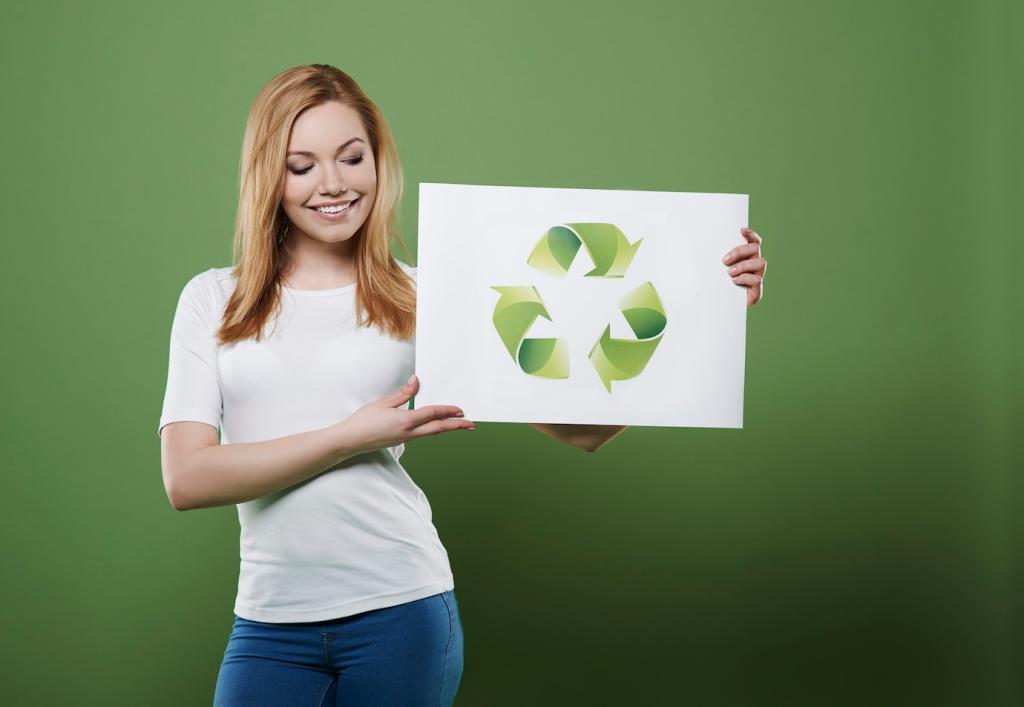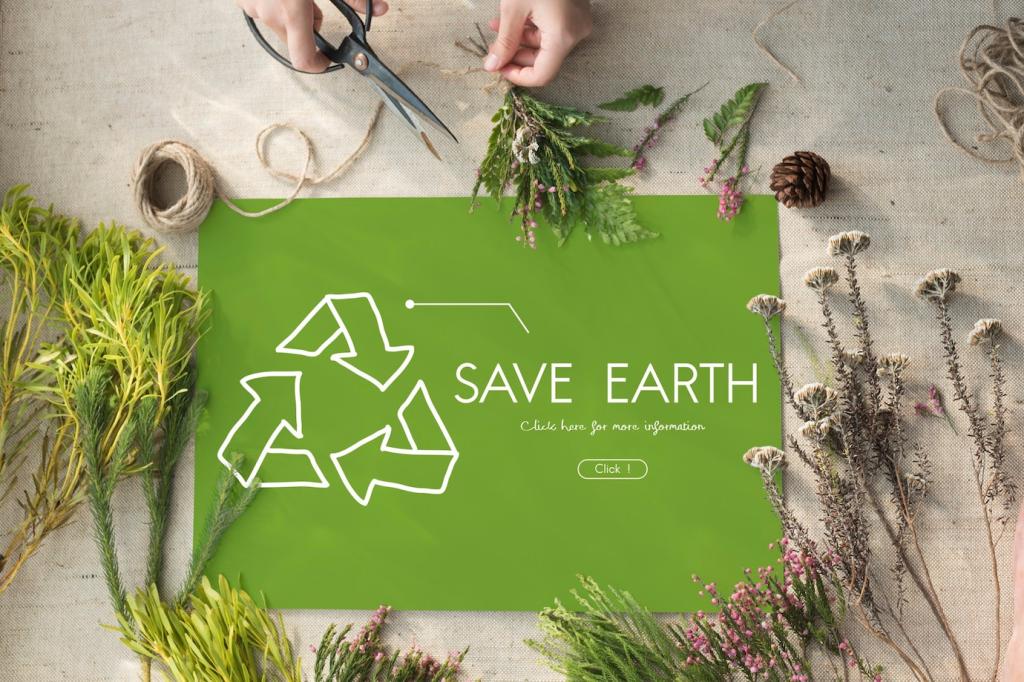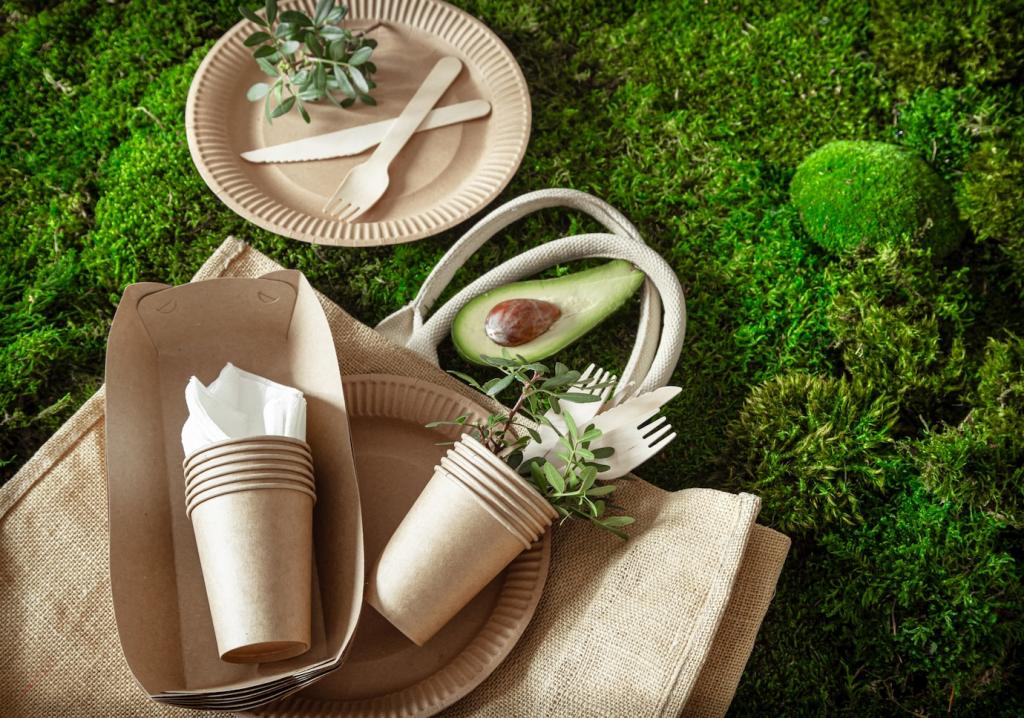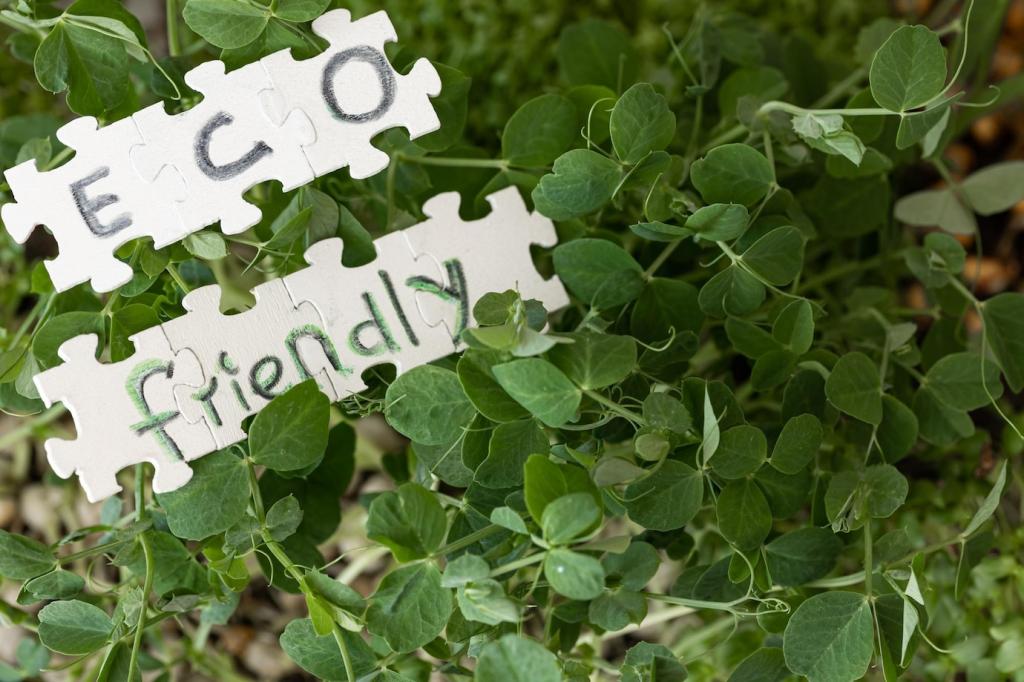Surface‑Specific Care: Wood, Leather, and Upholstery
For sealed wood, a barely damp microfiber plus a drop of Castile soap lifts fingerprints, then a dry buff restores glow. For unsealed wood, avoid water; use a slightly damp cloth, then condition sparingly. Always move with the grain to keep patterns crisp and natural.
Surface‑Specific Care: Wood, Leather, and Upholstery
Dust first with a dry cloth, then wipe with a dampened cloth using distilled water and a whisper of mild soap. Blot, never rub. Condition with a simple, silicone‑free, non‑toxic balm. Sunlight fades leather, so position pieces thoughtfully and invite shade to be your ally.
Surface‑Specific Care: Wood, Leather, and Upholstery
Check the fabric code: W, S, W/S, or X. For W fabrics, use a gentle water‑based cleaner; for S, choose a safe solvent. Always blot spills quickly, work from the edges inward, and finish with a clean, dry pass to prevent halos and water rings.
Surface‑Specific Care: Wood, Leather, and Upholstery
Lorem ipsum dolor sit amet, consectetur adipiscing elit. Ut elit tellus, luctus nec ullamcorper mattis, pulvinar dapibus leo.

